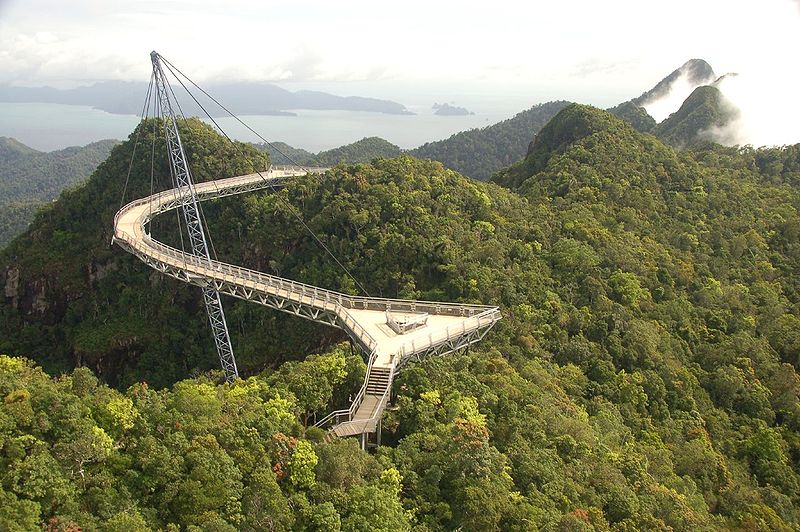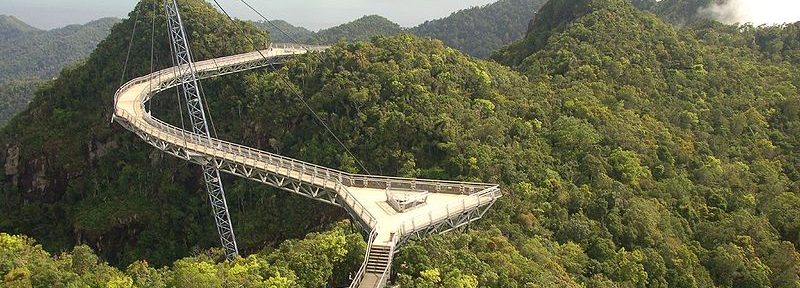
One of the best points that garnered Langkawi’s reputation as a geopark are the various rock formations that are to be seen. These formations are in turn surrounded by dense jungle, which hasn’t changed much in more than a million years. An immense load of the flora found in the geopark is exclusive to Langkawi. The Mangrove Rivers that snake through the Langkawi landscape contain an abundance of exotic life, ranging from aquatic creatures to various species of birds.
The MachinChang Mountains are one of the most notable aspects about the geopark. These rock formations are ancient, and were formed more than five-hundred-million years ago. This mountain range was the very first section of what is now South East Asia, to rise from under the oceans. The oldest section of this formation is Teluk Datai.
The Dayang Bunting Geopark is the second largest island of the entire chain. The island is famous for a massive lake that is situated in the heart of the dense forest. The lake was the result of a colossal limestone cave that collapsed. The lake is regarded as a spiritual place due the legend associated with it, where a divine maiden buried her dead child here and blessed the lake with fertility.
If you’re looking for a breath-taking voyage into nature, then Langkawi is a definitely a place worth thinking about.
Roland Lefevre is a travel writer who specializes in creating features on leisure as well as business travel destinations across the globe. Google+
